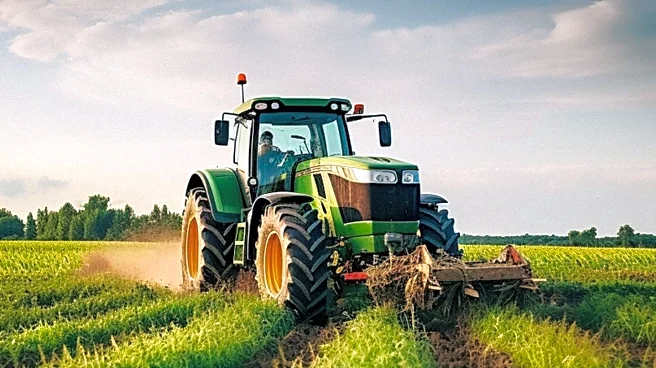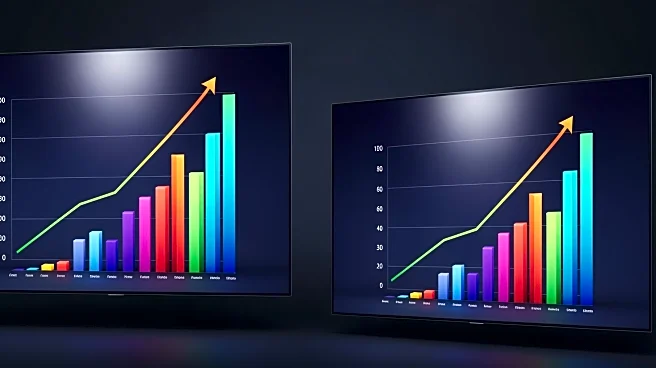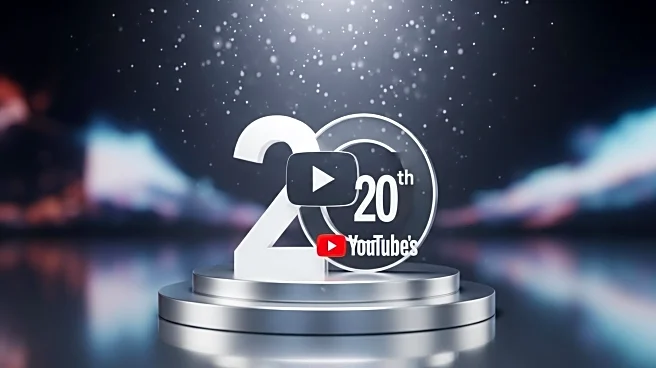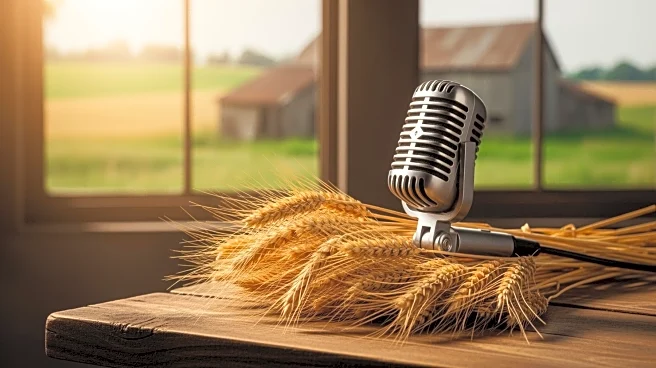What's Happening?
The term 'broadcasting' originally referred to a method of planting seeds widely across a field, a practice dating back to the 18th century. Over time, the term evolved to describe the dissemination of radio
and television content. This historical exploration highlights the transformation of 'broadcasting' from an agricultural technique to a cornerstone of modern media.
Why It's Important?
Understanding the origins of 'broadcasting' provides insight into the evolution of media and communication. As technology advances, the concept of broadcasting continues to shape how information is shared and consumed. This historical perspective underscores the adaptability of language and its impact on cultural and technological developments.
What's Next?
The ongoing evolution of broadcasting may lead to new interpretations and applications of the term, particularly as digital platforms redefine media consumption. The historical context of broadcasting could inspire further research into the intersection of language, technology, and culture, influencing future media practices.
Beyond the Headlines
The transformation of 'broadcasting' from agriculture to media reflects broader societal shifts, including urbanization and technological innovation. This evolution highlights the dynamic nature of language and its role in shaping human experiences. The story of broadcasting serves as a reminder of the interconnectedness of history, culture, and technology.











